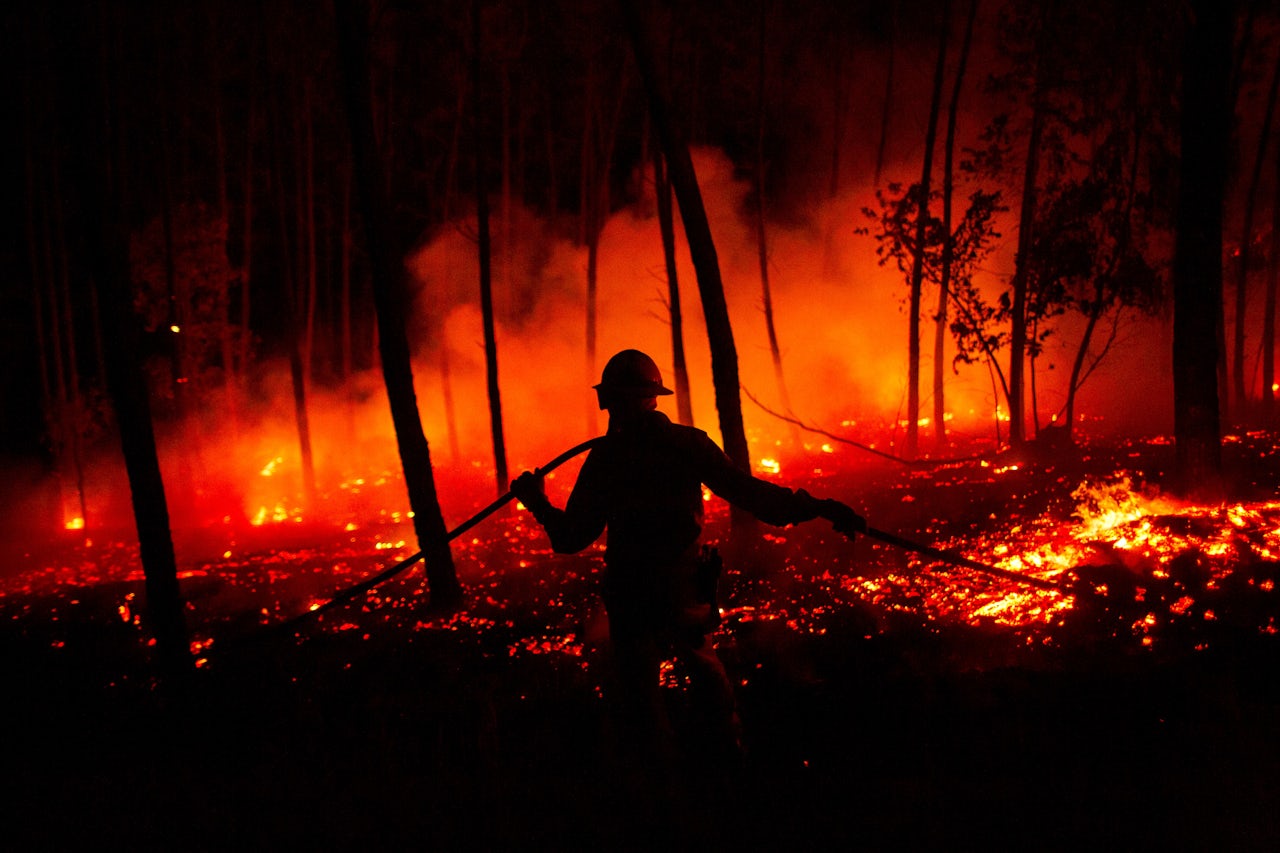Heat waves are becoming more common — and more deadly — according to a new study published in the journal Nature Climate Change on Monday. Researchers found that nearly one in three people experience at least 20 days a year with deadly heat levels, and that figure is going to climb even with “drastic reductions” of greenhouse gas emissions.
In the absolute best-case scenario, 27 percent of the world’s land area and nearly half the world’s population will be exposed to deadly climates by 2100. If greenhouse gas emissions continue apace or increase, however, nearly three-quarters of the world’s population will be exposed to deadly temperatures, and humid, tropical areas of South America, Southeast Asia, and sub-Saharan Africa will be nearly inhospitable for more than 350 days out of the year.
In the absolute best-case scenario, 27 percent of the world’s land area and nearly half the world’s population will be exposed to deadly climates by 2100.
Already, we are seeing effects of a warmer climate. It’s currently too hot to fly planes in Phoenix — nearly 50 flights set to depart today from Arizona’s largest airport were canceled because of extreme weather after the forecast hit a high of 120 degrees. Higher air temperatures result in lower air density, which in turn reduces a plane’s ability to keep itself in the air. In the Middle East and South America, airlines already schedule longer flights for evenings and nights when the air is cooler.
Hotter weather in Ethiopia is killing the country’s coffee industry, which employs more than 15 million people — 15 percent of the country’s population. The species of coffee tree grown in Ethiopia thrives in mild temperatures, but the country is already becoming hotter and drier — researchers found that somewhere between 40 and 60 percent of the areas where Ethiopian coffee is currently grown won’t be suitable for Arabica tree cultivation by the end of the century.
In Portugal, summer wildfires have killed at least 60 people and injured more than 135 others. The country is prone to wildfires, many of which are caused by dry thunderstorms in which high temperatures cause rain to evaporate before it falls to the ground, but lightning continues to strike. Portugal’s recession, which ended after a 2011 bailout, and global climate change have become a deadly combination: as summers become longer and drier, the country has fewer resources with which to fight these fires.
Climate change is already robbing people of their homes and livelihoods, and the problem will only get worse. The researchers acknowledged that the effects of deadly climates can be reduced by several factors, including air conditioning, early warning systems, and urban planning designed to keep people cool — but these mitigating comforts will likely only be given to the world’s richest while the majority of the world’s population suffers under climate change.
